
What Do You Want to Create?
What do you want to make real with your pen?
What worlds are you creating?
Technique, expertise - everything aside,
WHAT do you want to MAKE?
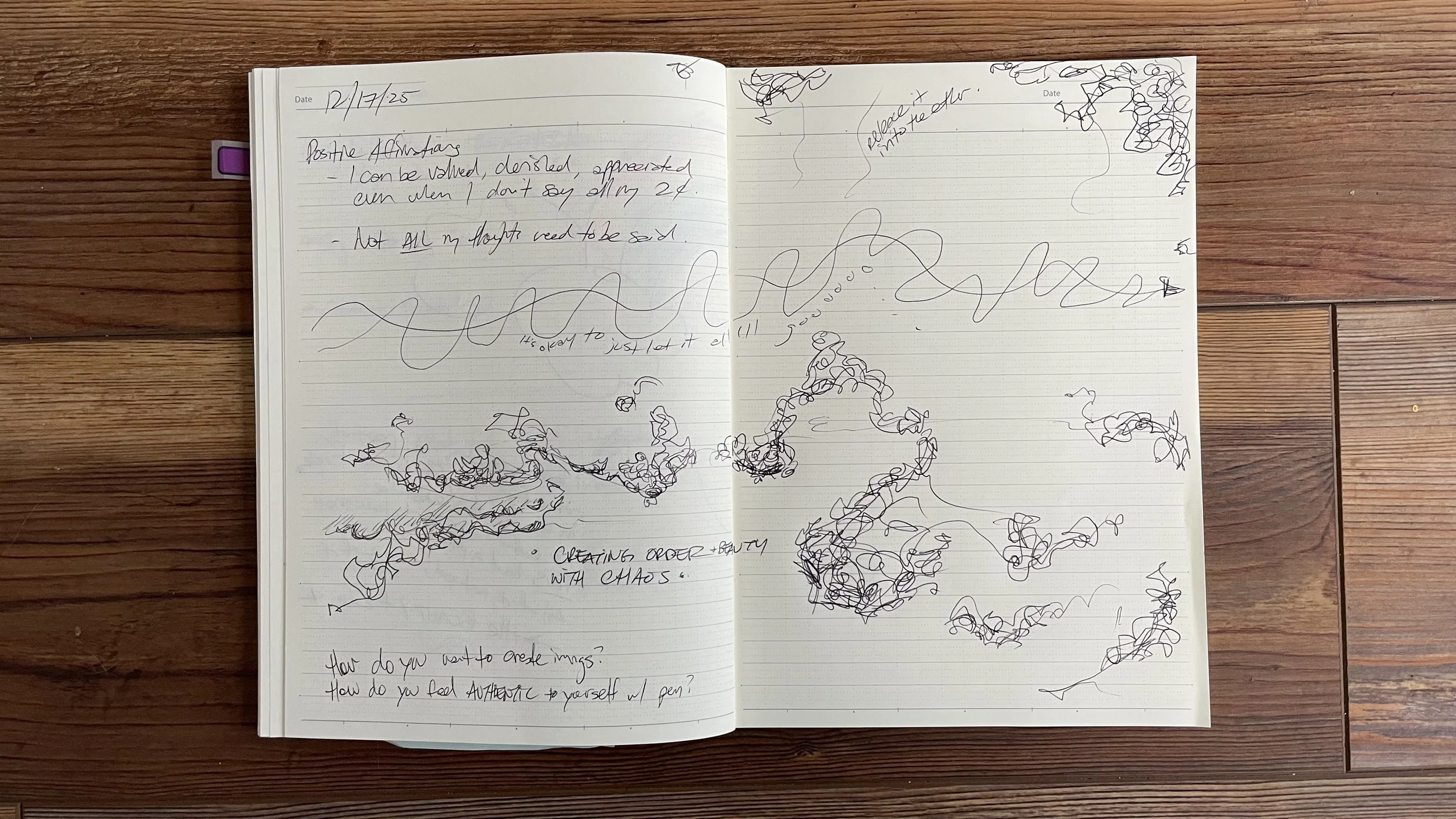
Getting Back Into Drawing
This last year, I focused a lot on expressing myself with watercolors and paints - fluidity of hues and pigment with water. I do feel that I’m at a point where I need to revisit my pen drawing skills again. It’s been many years since I’ve felt “fluent” and ease with drawing. And, like how I did with painting, I want to explore and discover who I am with pen at this stage of my life.
How do you want to create images?
How do you feel authentic with pen?

Sagittarius Season
Trust in the ease of fulfillment and desires to come your way.
The first 40 years of your life has been one of learning, undoing, achieving, discovering, becoming.
You’ve arrived in the foundation of your best life.
Everything from here is maintaining + progressively building — the way you were meant to. From a place of calm, intentionality, assured, genuinely and honestly. And with deep rooted values of HOW to do and design life, business, friendships, life partnership, everyday life.
There’s TIME for patience.
There’s ENERGY for slow, intentional decisions.
There’s plenty of opportunities ahead. I know this because I have done this before - many times over…………

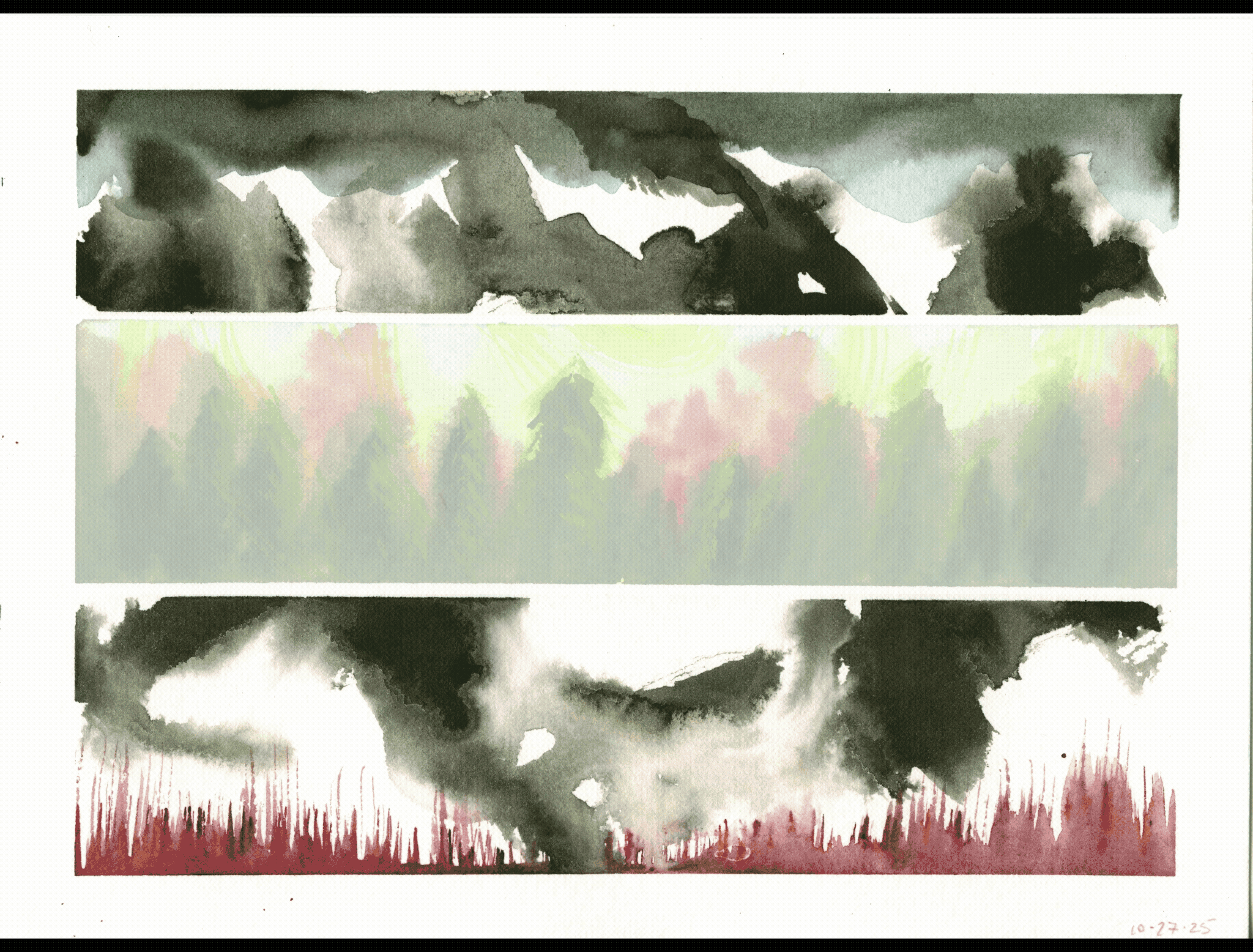
Esteeming Oneself
I’ve been having a bout of poor self esteem, and I’m revisiting my Codependency healing work.
One of the main symptoms of codependency is maladaptive self-esteeming.
”Plus One” (+1) or “Minus One” (-1) is what my therapist calls it. My job this week is to observe and focus on the moments when I’m +1 or -1 -ing myself.
Both come from a place of insecurity and ‘malfunction’ (so to say).
-1 is the more common one for me:
Others know more and better than me
Other people’s goals, wants, desires, needs come first before mine
My words and contributions have less weight than others’………
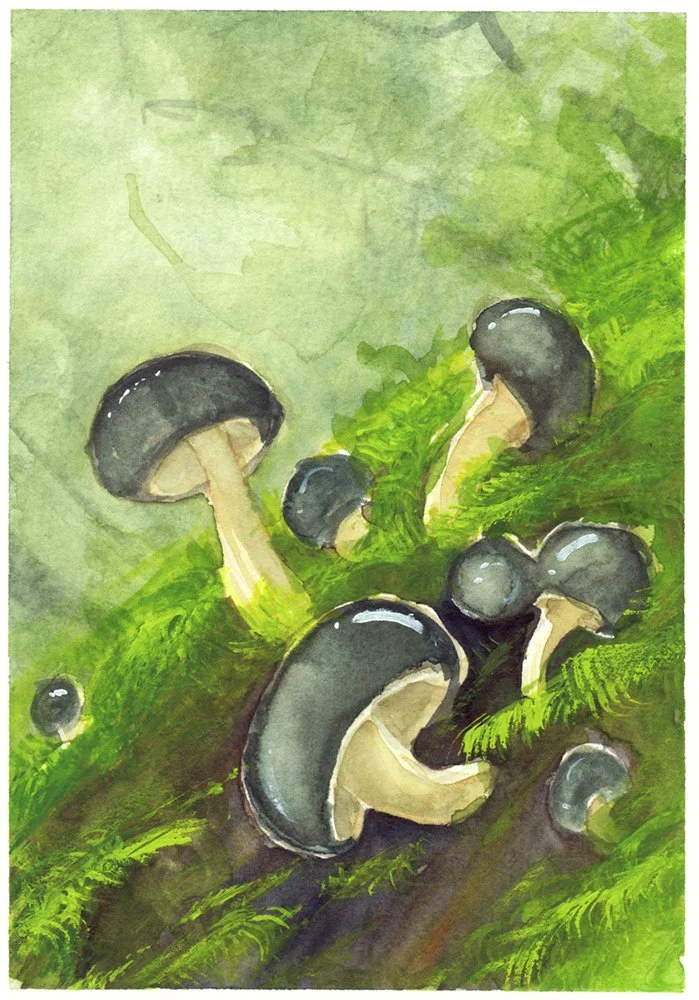
The Inner Voices
These aren’t real mushrooms
It’s not accurate
Someone’s going to point out that xyz are wrong
Your colors are off
Your composition is redundant
Position things better
That’s not what moss looks like
That’s not how moss behaves
This isn’t even real
You’re never gonna become xyzblahblahblahblahblah
No one will take you seriously
Your art sux
Your creativity is boring
You’re unoriginal
You’re boring
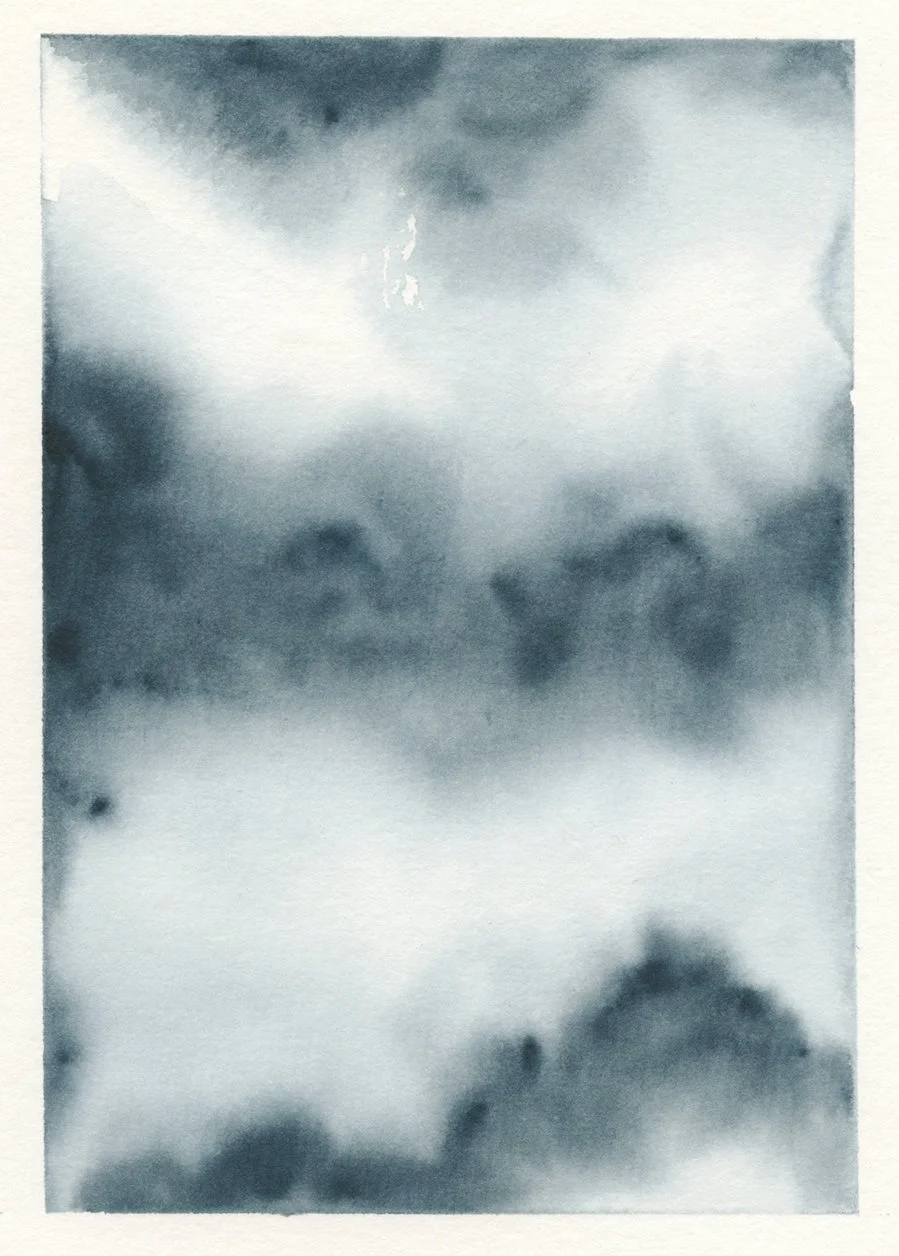
Autumn Begins
This Cali girl is not ready!!
I literally only have tank tops and shorts in my drawers and haven’t done the wardrobe switch yet 😭
Things I’m looking forward to:
Taking the season to be more inward
Cozy time = more time being with myself, my little family, and close friends
Prepping for the joys and celebrations of holiday season
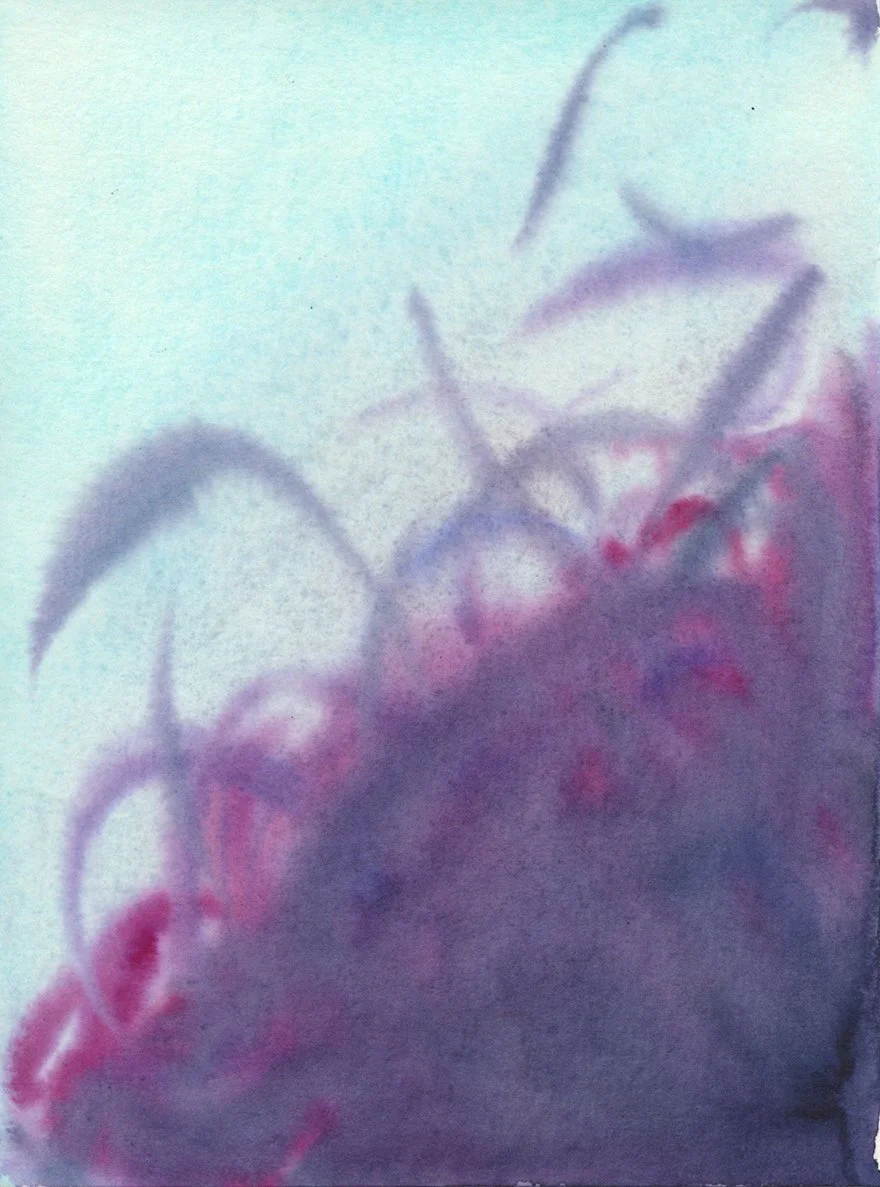
Others’ Chaos
Some people are cursed with a lot of internal demons. The chaos fills them - and it’s most of what they’ve known.
My tendency is think I can solve that • that everyone, if given unconditional love, can heal and overcome the demons within them.
My fallacy was thinking that that was my job to solve….
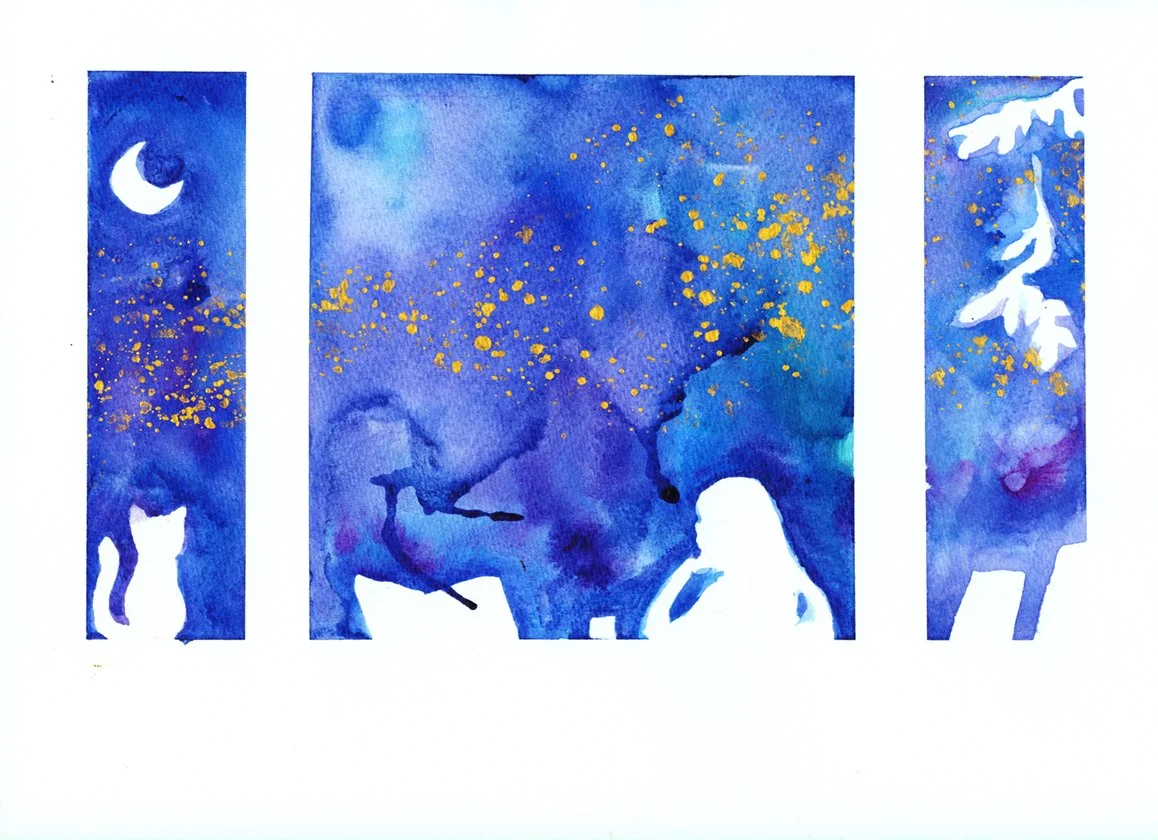
Stargazer
I remember spending nights staring out my window, watching the moon cross the sky, and the stars twinkle their way above the Oakland hills. I daydreamed of the world I’ve yet to explore.
It seemed vast.
Giant.
And - scary.
I was afraid of not knowing how I fit in it all. I was afraid of being hurt. I was afraid of the vulnerability of being a PART of it….
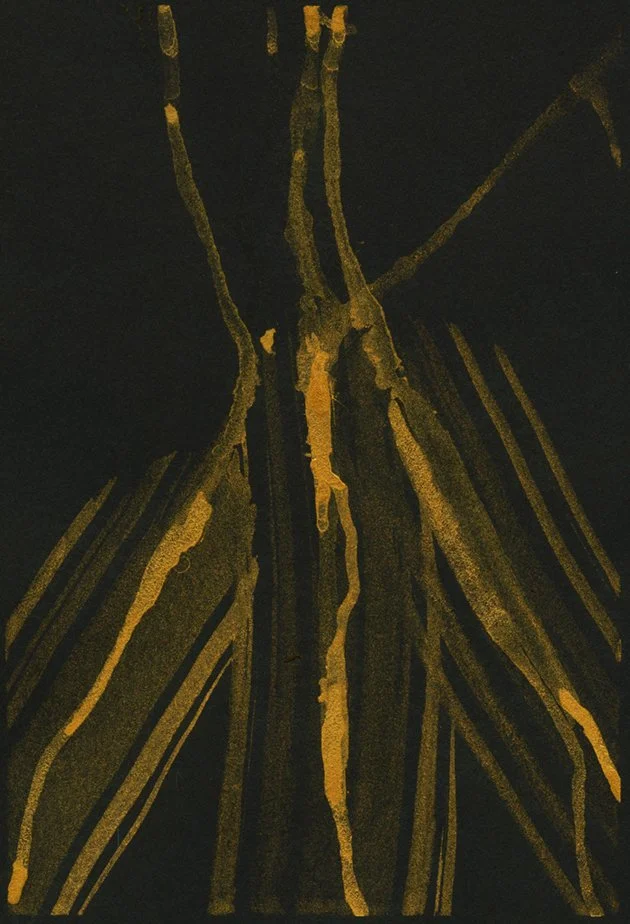
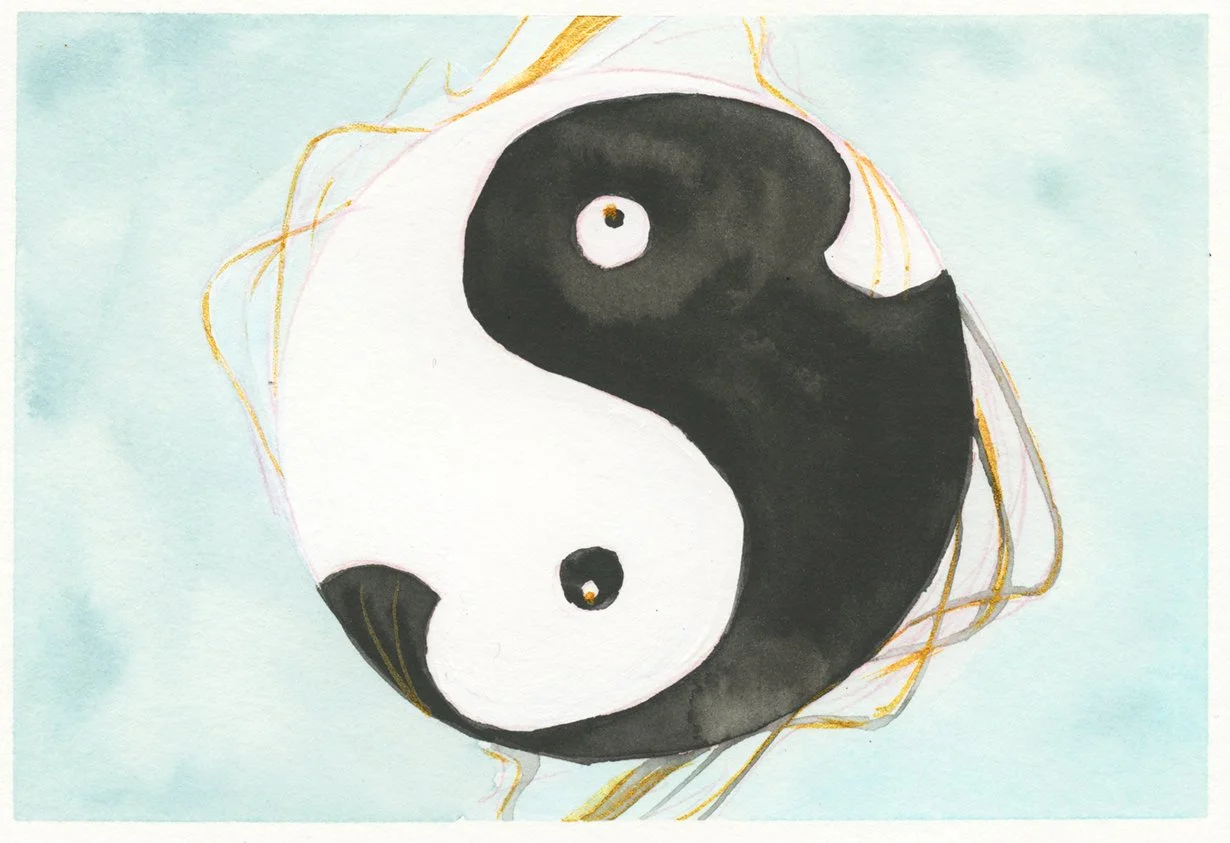
A Way Back to Hopefulness
How do you lift yourself up again when everything feels oppressive?
When your own body can’t move?
Back to the Basics:
Count my blessings
See what it is I have before me
Take time, space, moments to reconnect with my life — my family, friends, communities.
Reach out to those who are there FOR me — people who share the same values as me.
Tell them my pains • my worries • tell them my present moment of feeling hopelessness.
And allow them to remind me of the things WE value most.
Spend time with Bryan - the purest soul I know. Watch her unadulterated joy, unfiltered, unapologetically joy-filled. She is Light. She is Golden.
Surround myself with plants, with nature, with connection to something larger than… all this.
Revisit and remember WHY I create.
Remember my VALUES…..
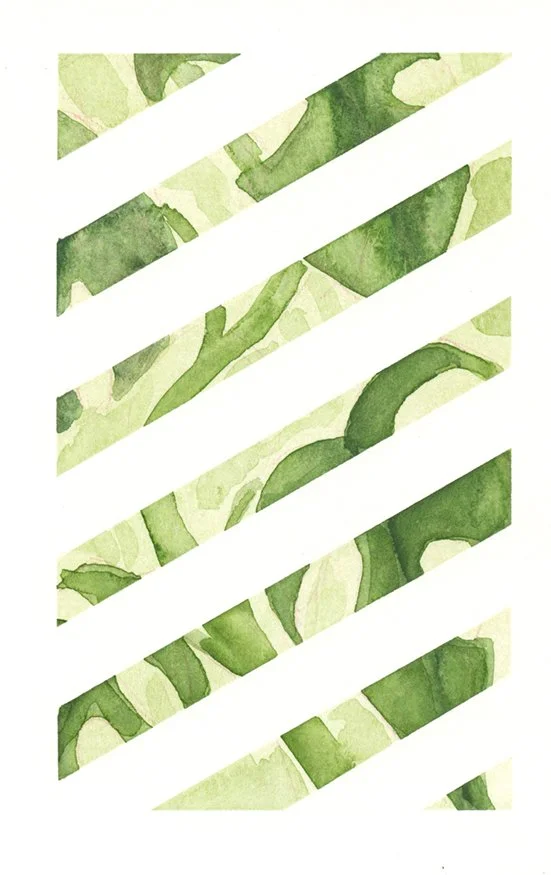
CPTSD: Trapped
I want to be doing things.
I want to be expanding and growing.
But I can’t - I’m trapped.
My nervous system is on overdrive.
Nothing I’m doing feels “right”
I’m panicked. I’m hypervigilant.
My nervous system goes awry.
Parts of myself are segmented from the others - I logically know they’re there and they’re connected, but it feels like parts of me are scattered and missing. Otherwise blocked…..
- 2.5D 5
- Animation 5
- Art 90
- Augmented Reality 3
- Botanical Studies 9
- Bryan 7
- Creative Entrepreneurship 3
- Daily Creative Practice 69
- Design School 5
- Designing a Sustainable Life 5
- Health 3
- Horticulture 9
- Plein Air 2
- Process Documentation 2
- Process Visualization 2
- Readings 4
- Resources 6
- Virtual Reality 6
- Writings on Life 51